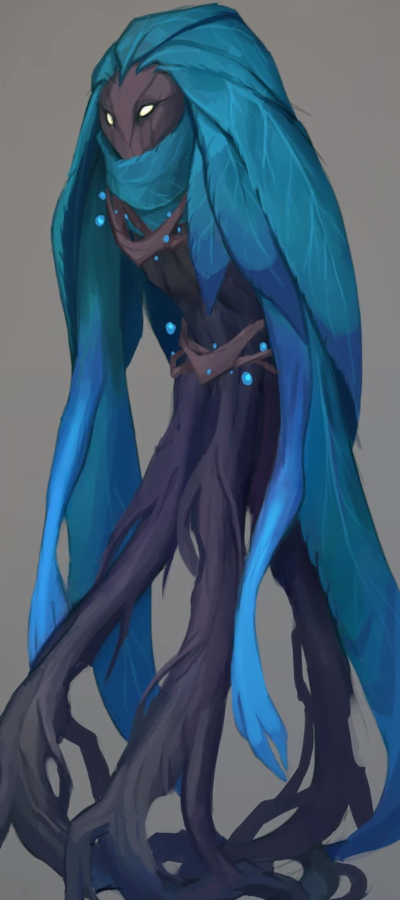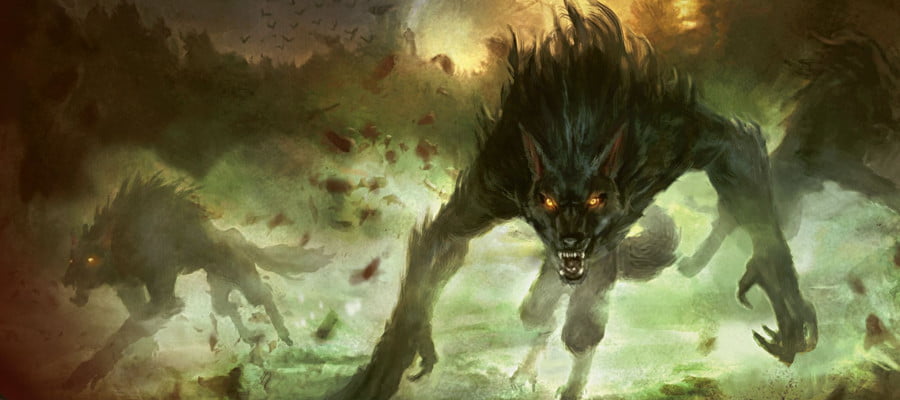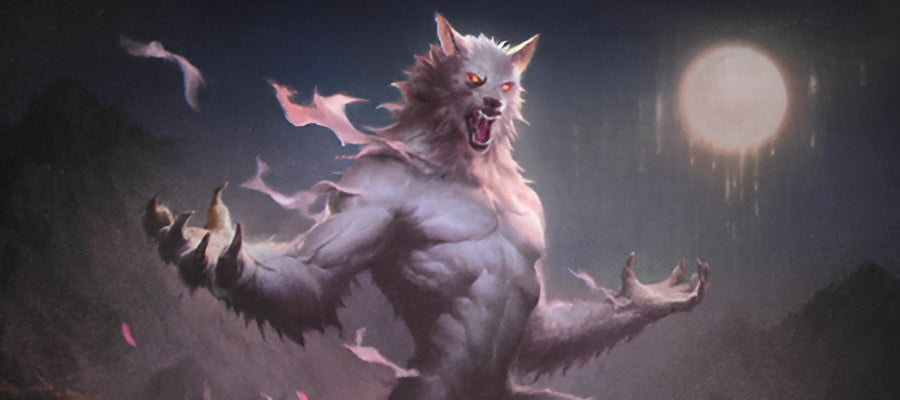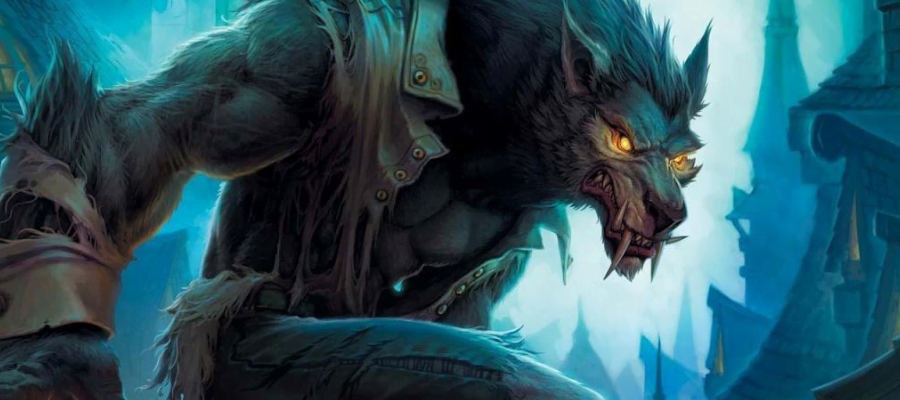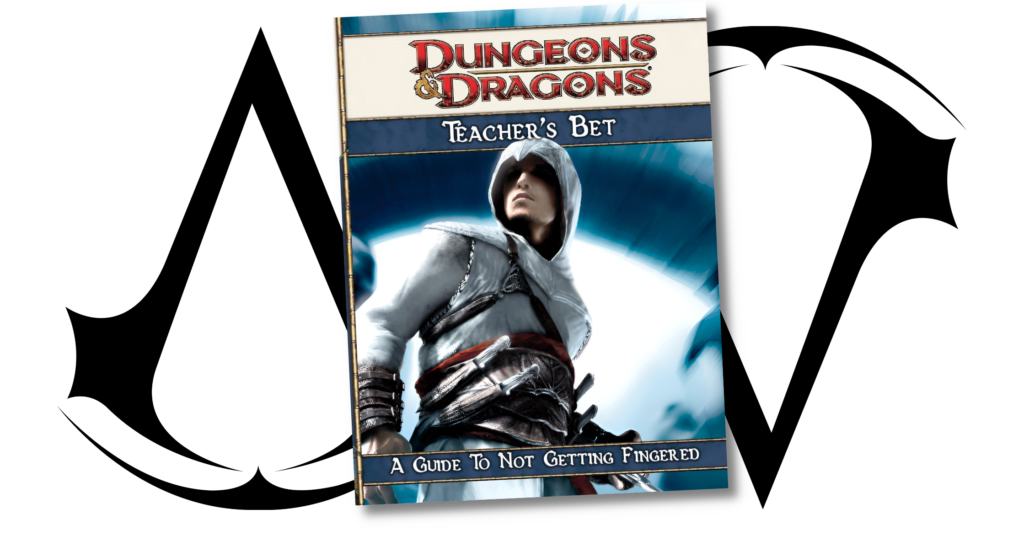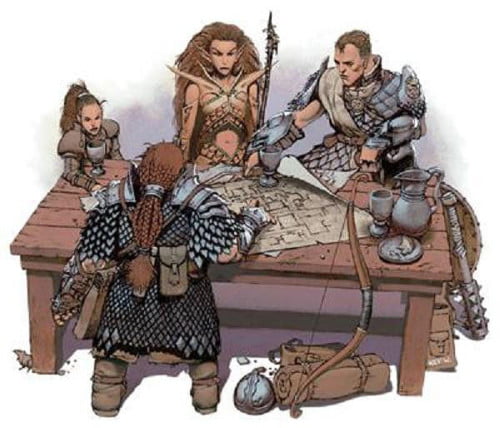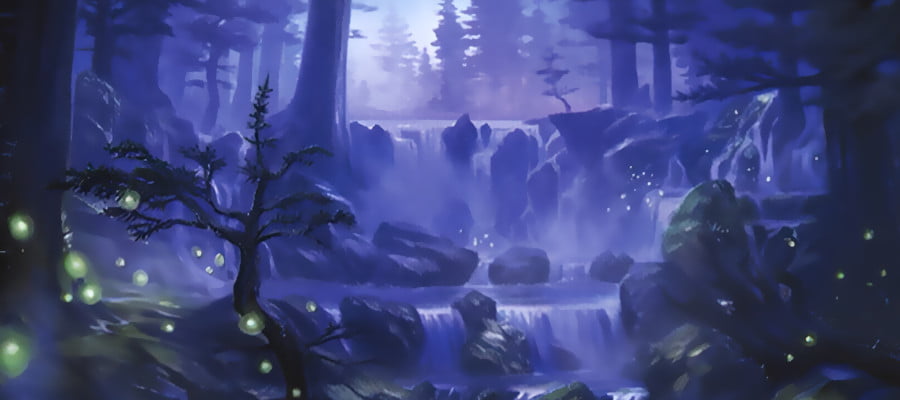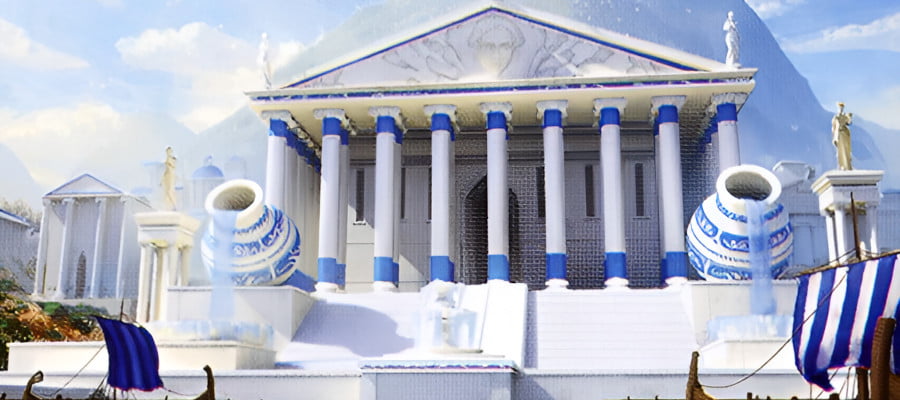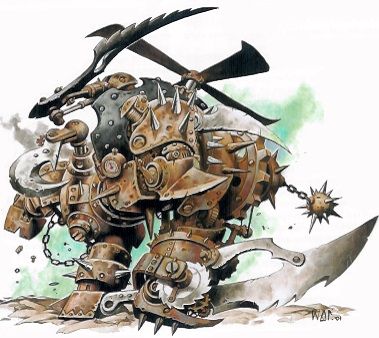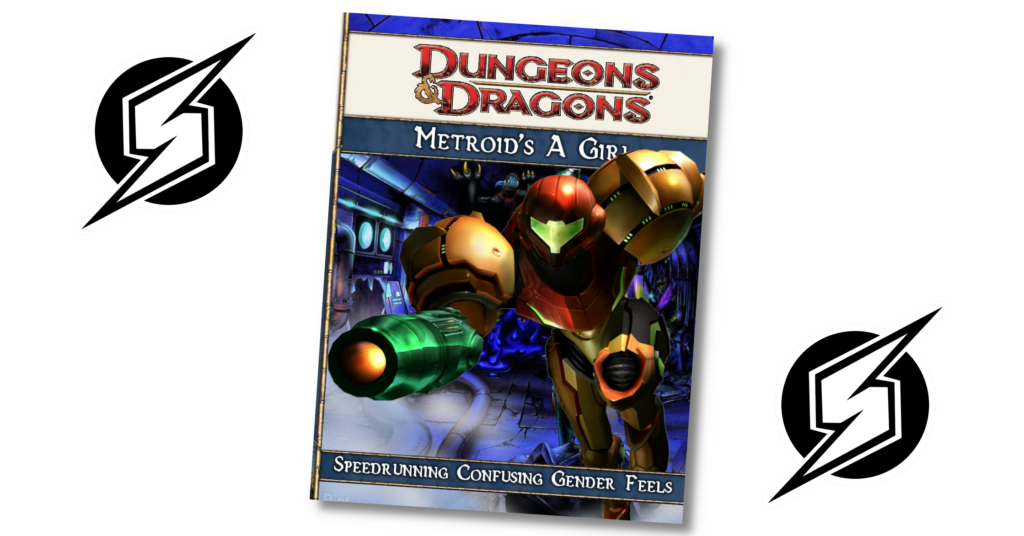3e: Otyugh Signalling
There’s this type of monster, called an Otyugh.
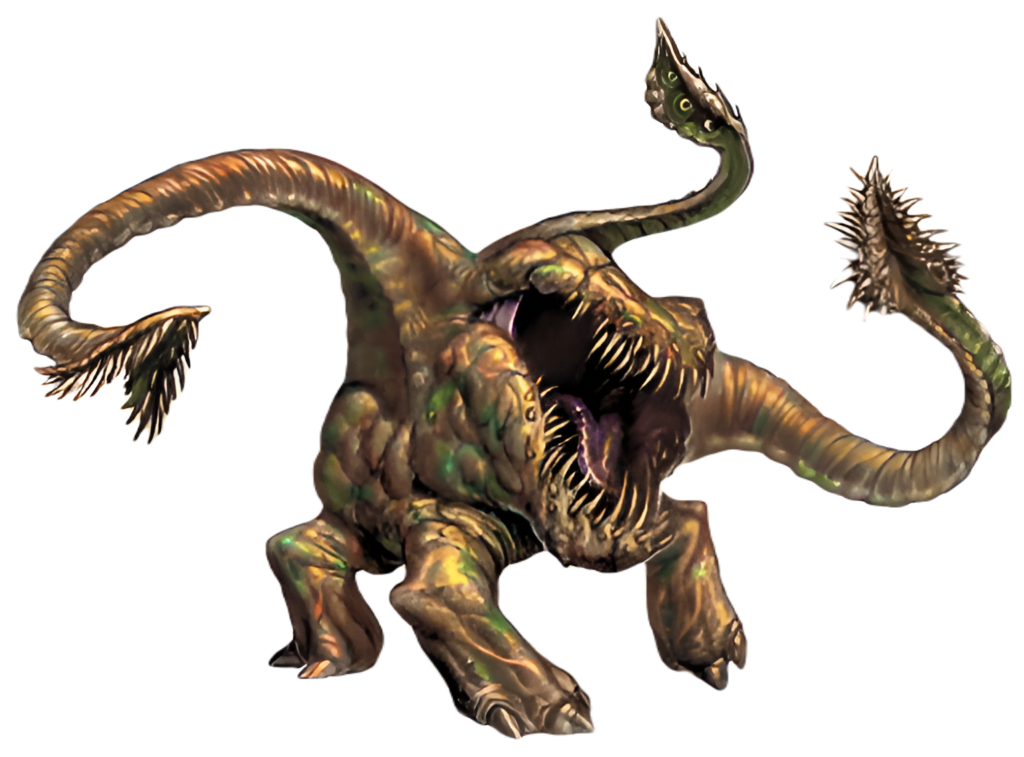
The monster manual in 3rd edition describes them thus:
This creature looks like a bloated ovoid covered with a rocklike skin. A vinelike stalk about two feet long rises from the top of the disgusting body and bears the two eyes. Its mouth, little more than a wide gash filled with razor-sharp teeth – is in the center of the mass. The creature shuffles about on three thick, sturdy legs and has two long tentacles covered in rough, thorny, protusions. The tentacles end in leaflike appendages covered in more thorny growths.
Monster Manual, Page 204
Now, what does an Otyugh mean?
Continue Reading →The Sporekin
The term ‘Sporekin’ refers to any of the number of humanoids who can symbiotically link with and connect to the forest known as the River of Madness from the nation of Mosetto. Officially, the efforts to contain this forest are absolutely successful and there’s no growth from the forest outside of the ravine, and there are no people living in there – only dangerous plant life and symbiotic living-seeming things from inside the forest.
There’s nothing in the River to worry about and the whole affair is contained.
What do you mean you’ve seen people coming out of it? You must be mistaken. The spores cause madness, after all. Do you need to sit down? We can take you in for medical examination. Anything in the name of containing the River, you know. No? Then you best stop with these rumours.
Continue Reading →Skyjacks and Sporekin
It’s a growing concern when I write about the world of Cobrin’Seil that I’m creating a vast and sprawling set of locational information that is not interesting for a player to engage with and not detailed enough for a world nerd to truly love. Part of it is really that I’m filling out a map, and each place I fill out, I want to be both a real enough place with an economy and a vision of everyday life, and yet I also want each country described to be its own place with a reason for it to be its own place. When there are multiple countries that are like one another in a reasonably close proximity, Europe style, I tend to think of them as ‘provinces’ of a larger body politic.
What’s more, I feel like I know what I like to see in a Nation writeup but I also know the things I need in a Nation writeup. A Nation writeup is a hook, a place to belong, and I want you to give me ideas like how my life as a person in that space might be a thing I can feel and inhabit. A Nation writeup is also a thing a DM needs to be able to check for useful data with signifiers quickly, because it’s a place to come from but also a place to go to. Basically, it is a dessert to consume but there are vegetables to have first.
Presented in a book, I know that I’d be presenting a big splash graphic, with sidebars, and mechanical references in nice formatted popouts. Not so here, where the only visual material I can generate is either icons, stock art, or morphed/warped pictures of similar locations from the inspirations. The rest, all I can do, is with words, words, words.
Come with me to learn of Motesso, the Skyjacks, the Sporekin, the Citadel Ironsky, and the River of Madness.
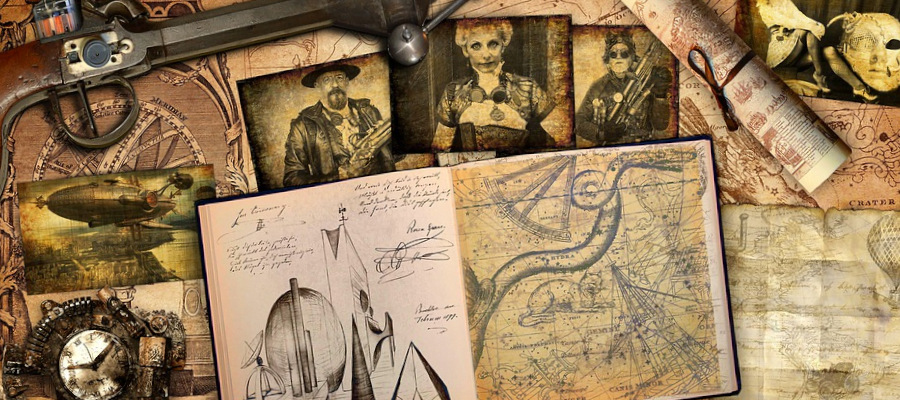
How To Be: Kaede Last Blade (In 4e D&D)
In How To Be we’re going to look at a variety of characters from Not D&D and conceptualise how you might go about making a version of that character in the form of D&D that matters on this blog, D&D 4th Edition. Our guidelines are as follows:
- This is going to be a brief rundown of ways to make a character that ‘feels’ like the source character
- This isn’t meant to be comprehensive or authoritative but as a creative exercise
- While not every character can work immediately out of the box, the aim is to make sure they have a character ‘feel’ as soon as possible
- The character has to have the ‘feeling’ of the character by at least midway through Heroic
When building characters in 4th Edition it’s worth remembering that there are a lot of different ways to do the same basic thing. This isn’t going to be comprehensive, or even particularly fleshed out, and instead give you some places to start when you want to make something.
Another thing to remember is that 4e characters tend to be more about collected interactions of groups of things – it’s not that you get a build with specific rules about what you have to take, and when, and why, like you’re lockpicking your way through a design in the hopes of getting an overlap eventually. Character building is about packages, not programs, and we’ll talk about some packages and reference them going forwards.
Hey, I left this introduction blank and nobody noticed. Anyway time to talk about a character I’ve already spent thousands of words describing in terms of the negative space created by fighting games that enable a lot of fun interpretation and also selling us the vast and valuable currency that is nothing.
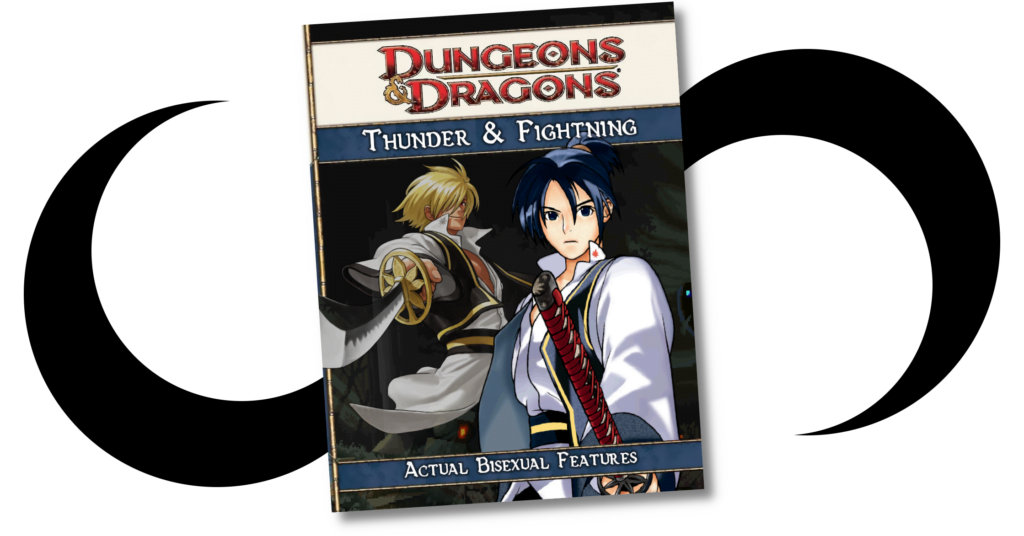
How To Be: Mystique (in 4e D&D)
In How To Be we’re going to look at a variety of characters from Not D&D and conceptualise how you might go about making a version of that character in the form of D&D that matters on this blog, D&D 4th Edition. Our guidelines are as follows:
- This is going to be a brief rundown of ways to make a character that ‘feels’ like the source character
- This isn’t meant to be comprehensive or authoritative but as a creative exercise
- While not every character can work immediately out of the box, the aim is to make sure they have a character ‘feel’ as soon as possible
- The character has to have the ‘feeling’ of the character by at least midway through Heroic
When building characters in 4th Edition it’s worth remembering that there are a lot of different ways to do the same basic thing. This isn’t going to be comprehensive, or even particularly fleshed out, and instead give you some places to start when you want to make something.
Another thing to remember is that 4e characters tend to be more about collected interactions of groups of things – it’s not that you get a build with specific rules about what you have to take, and when, and why, like you’re lockpicking your way through a design in the hopes of getting an overlap eventually. Character building is about packages, not programs, and we’ll talk about some packages and reference them going forwards.
Let’s look at the first* transgender* X-Men*!
Continue Reading →Werekin in Cobrin’Seil
Cobrin’Seil, being a magical setting of my own devising, has its own range of shape-shifting creatures known for various titles of ‘were-something.’ Werebears, weregoats, wereboars, all that kind of thing, grouped together under the community title of ‘werekin.’
The word ‘werekin’ comes from the Erd language, as do the phenomena of the werekin themselves. The actual condition is comparable to a kind of magical medical symbiosis; a bit like a long-term medical condition but not seen, generally, as a kind of illness.
Continue Reading →4e: The Were-With-All
Players love options. Players love the ability to differentiate their character. One of the problems that D&D character building has is that, certainly in the versions that are centralised like 3e, any given member of a class has a certain limited number of options that are worth taking. A wizard wouldn’t take Weapon Focus (Longsword), for example, even if the longsword is the best weapon of its type. This meant that there were a lot of options that were made to create or convey a mood about a character that weren’t worth spending one of your limited feat choices on.
In 4e, they added another dimension to each character, with the idea of character themes. Character themes were optional, and gave a character in the level range of 1-10 something class-independent that nonetheless let you expand the abilities of your character in a way that had a sort of, well, for lack of a better word, a vibe. By making these packages contained, it meant that the game mechanics for them could be balanced against one another —
Which unfortunately, they weren’t.
Continue Reading →3e D&D: The Werewolf, The Shifter
The promise of Dungeons & Dragons is that it’s a game system that lets you play with a wide variety of fantasy tropes to construct, generally, a fair game that also lets you experience a narrative. It is a deliberately broad system. In its earliest incarnations, it was narrow, and there used to a random whore table but no way to craft pants, and now, in the current days of 5e, the rules system handles all sorts of interesting rules attachments and modules that make the widely available, easily engaged game capable of doing even more stuff.
And this is, generally, seen as a bad thing, coincidentally by people who are heavily invested in other things.
But the promise of D&D, as a system that can include a lot of things, is sometimes at odds with the promise of D&D as a system that allows for a reasonably fair game. Such as in third edition, the period I want to talk about today, ‘fairness’ in what characters could do, in any reasonable estimation, was completely bananas. Absolutely troppo.
Anyway, let’s talk about werewolves.
Continue Reading →The Anvilgard
Yesterday, I talked about the city of Torrent, and the Doval monastery that it’s built around. Here is some mechanical information about how to make and play a character from Torrent, or, if you want, how to play an Anvilgard!
Continue Reading →When Eternity Is Your Strategy
Some cultures in Cobrin’Seil are nations. The Eresh Protectorate, with its connected string of city-states, boasts a half-billion souls across all its cities though if you believe the bookkeeping is another affair. Some cultures are very small — mostly homogenous little groupings like the Orcs or the Dio Baragh or the Gnolls. Even amongst those, there are large communities with thousands of members, from which adventurers can start their stories.
Some cultures are pretty small, though, and sometimes that size is a function of material concerns. The example today is the city of Torrent, nestled as it is around the Doval monastery. The material concerns are the town’s resilience against any kind of external authority, the city’s ready access to lightning powered magical technology, and of course, the way that a portion of the population are violently immortal.
It’s a bit of a conversation kick off.

What’s A Gold Piece in Cobrin’Seil
The economics of D&D worlds are weird, and silly, and silly-weird. Normally conversations that start like this start out with talking about the way that adventurers’ economic presence in a town or city’s space is much like a small moon springing into existence with roughly the same kind of public safety impact. That is a perfectly fun conversation to have! Go ahead, make fun of the way that D&D writers don’t have any sense of scale.
I don’t wanna do that though.
Continue Reading →How To be: Altair Ibn La-Ahad (in 4e D&D)
In How To Be we’re going to look at a variety of characters from Not D&D and conceptualise how you might go about making a version of that character in the form of D&D that matters on this blog, D&D 4th Edition. Our guidelines are as follows:
- This is going to be a brief rundown of ways to make a character that ‘feels’ like the source character
- This isn’t meant to be comprehensive or authoritative but as a creative exercise
- While not every character can work immediately out of the box, the aim is to make sure they have a character ‘feel’ as soon as possible
- The character has to have the ‘feeling’ of the character by at least midway through Heroic
When building characters in 4th Edition it’s worth remembering that there are a lot of different ways to do the same basic thing. This isn’t going to be comprehensive, or even particularly fleshed out, and instead give you some places to start when you want to make something.
Another thing to remember is that 4e characters tend to be more about collected interactions of groups of things – it’s not that you get a build with specific rules about what you have to take, and when, and why, like you’re lockpicking your way through a design in the hopes of getting an overlap eventually. Character building is about packages, not programs, and we’ll talk about some packages and reference them going forwards.
Just looking at that name I wonder about if I’ve done a decent job with capitalising that name. Oh, it gets all-capsed by the formatting, but I had to type it in and wanted to get it right, and I don’t know if the ibn should be capitalised or – you know what, never mind, I’m showing a lot more respect to Ubisoft’s Slice Of Brand than I should.
Anyway, hi, remember Assassin’s Creed, that interesting game with a lot of potential? The thing that’s distinct from The Assassins Creed Franchise, a bloated multi-billion dollar proof case for the idea that videogames, maybe, aren’t art?
Continue Reading →4e: When You Crit
I have never found feats or abilities that amplify the effect of critical hits to be exciting in 4th edition. There are plenty of them — almost every book features an effect that looks really cool and special, but it only fires off when you critically hit an opponent. You can have powerful effects on crits, mind you! Famously, D&D offers in its history, the Vorpal Sword, a weapon that decapitates on a crit – fight over, we are done. And the vorpal weapon is part of a powerful lineage of reasons to want to crit.
A while ago, a friend described for me the idea of a ‘raisins sentence’ where the excitement in the sentence increases every step, until suddenly dropping off a cliff, demonstrated with the phrase:
Would you like some chocolate covered raisins
The idea is that every part of this sentence is great but the raisins makes the whole thing disappointing. A lot of the crit-based feats, powers, and item rules are like that. Sure, crits are great! They can be very powerful, and making crits even better is even better still. But when a feat describes a strategy or a style of play that’s exciting that kicks in or triggers when you crit, all the air goes out of my enthusiasm.
Why, though?
Ehhh, a couple of reasons.
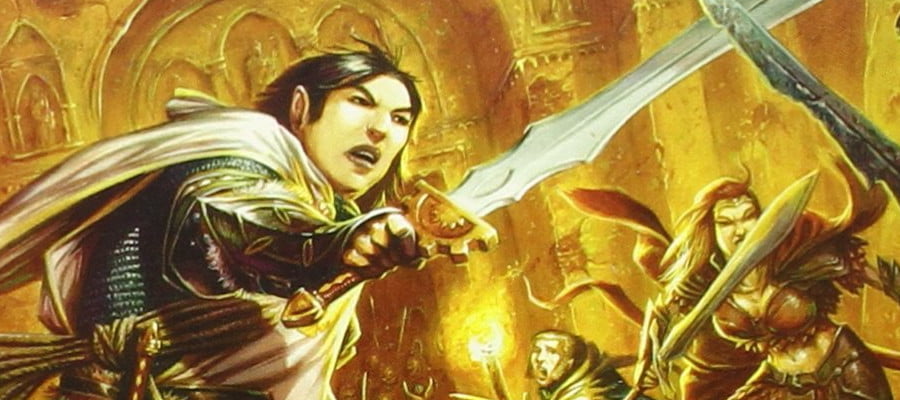
3e: The Excellence of the D&D Onramp
There’s a recurrent pattern of discourse in the TTRPG community, especially amongst indies, that, cooked down into its parodically simple position, goes:
D&D is hard to teach, and nobody plays it properly.
So let’s talk about D&D having one of the absolute best onramps of all time starting with when I started to play it, in 3rd edition D&D. I bring up this edition of the game because it is absolutely a pigs arse of a game, and I know that a lot of the systems of the rules are only attempted by extremely bold people who needed something systematised.
Lemme tell ya, you run one aerial combat in 3rd edition you quickly invest in every technique you can to ensure you don’t have to run another.
Continue Reading →3e: Your Guild Leaders Are All Trans
3rd edition D&D doesn’t do much with queerness. It’s an interesting artifact of the late 90s, early 00s, where the whole edition was something that, to use the parlance of now, would be claimed as ‘woke propaganda’ now, was still something that didn’t feature a queer NPC until a Dragon Magazine published well into the release schedule of 3.5, and when it did, he drew heat that the editorial lineup of that magazine had to fight about it in the letters column of the next issue.
There are other areas that the game can be seen as surfacing queerness, and I’ve talked about one – the way that the D20-SRD component Unearthed Arcana introduces transphobia in the form of gender dysphoria as a byproduct of literal madness. That’s not great. It is, in fact, uh, bad. You can even have a multiple personality disorder identity which has a different gender to you, isn’t that cute?
But uh, okay, so that’s one way that explicitly not-cis-not-heteronormative culture showed up in 3rd edition. Uh… is there anything better? Anything that could be considered, um, nice?
Continue Reading →Queerphobia In Cobrin’Seil
Everyone in Cobrin’Seil is queer to any extent that word can mean anything in talking about my D&D setting. This is not because when you make a dude in that setting part of the character creation setting is ticking the backstory box that, at some point, he has sucked some dick or whatever, but rather is instead because Cobrin’Seil is a world where heterosexuality as you understand it was never invented.
And boy oh boy that right there opens a door, doesn’t it.
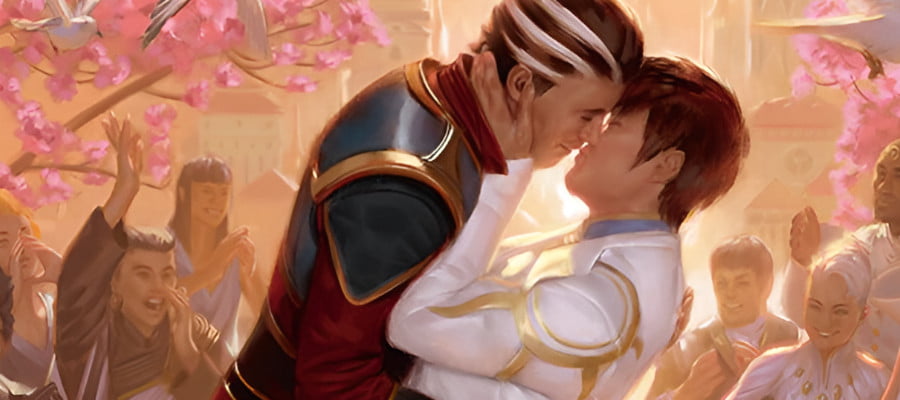
4e: The Bloody Hamadryad and Satyr
Ehhh this article is due up in a few days. And I’m behind because the blog went down. And it’s marking season. And it’s Pride month.
Sure, why not.
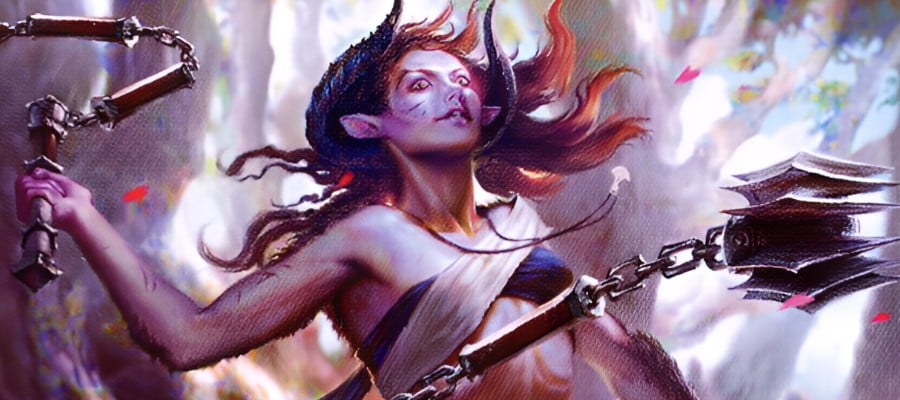
How To Be: Amaya from Dragon Prince (in 4e D&D)
In How To Be we’re going to look at a variety of characters from Not D&D and conceptualise how you might go about making a version of that character in the form of D&D that matters on this blog, D&D 4th Edition. Our guidelines are as follows:
- This is going to be a brief rundown of ways to make a character that ‘feels’ like the source character
- This isn’t meant to be comprehensive or authoritative but as a creative exercise
- While not every character can work immediately out of the box, the aim is to make sure they have a character ‘feel’ as soon as possible
- The character has to have the ‘feeling’ of the character by at least midway through Heroic
When building characters in 4th Edition it’s worth remembering that there are a lot of different ways to do the same basic thing. This isn’t going to be comprehensive, or even particularly fleshed out, and instead give you some places to start when you want to make something.
Another thing to remember is that 4e characters tend to be more about collected interactions of groups of things – it’s not that you get a build with specific rules about what you have to take, and when, and why, like you’re lockpicking your way through a design in the hopes of getting an overlap eventually. Character building is about packages, not programs, and we’ll talk about some packages and reference them going forwards.
She’s power, she’s grace, she’ll punch you in the face, she’s a queen, she’s a knight, she’s here to have a fight, she’s Amaya from The Dragon Prince!
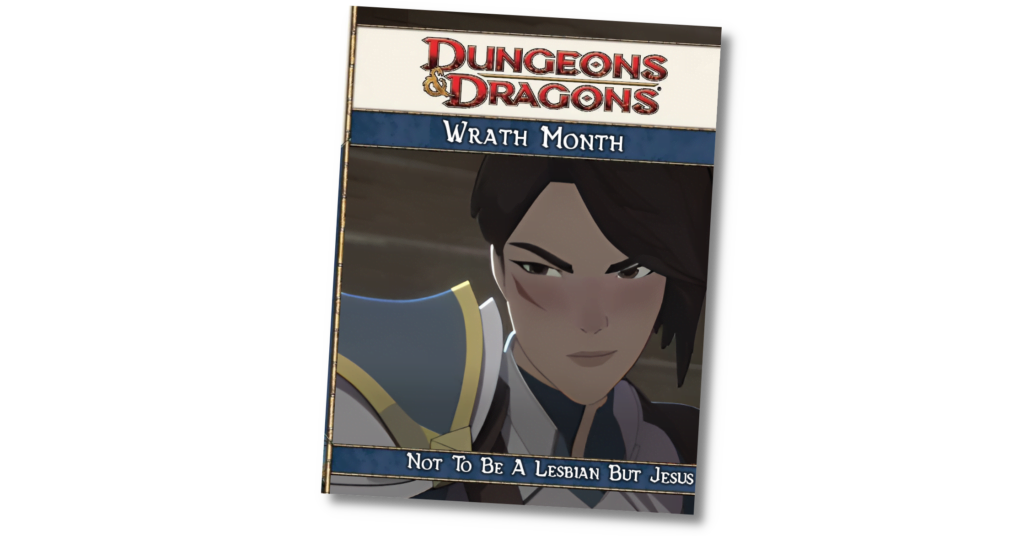
The Cow People
Who you are is often as much about who knows you. It’s possible, in Cobrin’Seil, for you to grow up on an archipelago of connected island city-states, with diverse food and music cultures, in a state that respects art for its own good, and ensures the widespread development of parks and proper protection of the seas, which creates great public artworks, and which even has the largest bridge in the King’s Highway running through it, and for you to live your whole life thinking that people must surely know your homeland as the place of elemental magic, physical duels that test the body against the body, and a theatre culture with explicitly fictional gods. What you wouldn’t necessarily expect is for your first dealings with outsiders to end with ‘Oh, the cow people.’
Such is the lot of the people of the sprawling island nations of Kyranou (pronounced kai-ran-ow).
Continue Reading →3e: Finally Talking About Grappling
Alright, sure, let’s finally tear off this bandaid.
When I bring up the rules for 3e D&D, there are some rules I bring up that the rules were bad at, to, you know, bully them. The challenge rating system was pants, for example, and I will never not mention that. There’s also the imbalance of the wizard, the numerous busted prestige classes, all of that stuff — it doesn’t work, it’s build on bad assumptions, it relies on players to create their own balance matrix. Lots of great fun reasons to make fun of things.
One area of the rules I make fun of a lot is the grapple rules.
Continue Reading →4e: Alternate Rewards
If you’re one of the many people who these days primarily interact with 4th edition D&D not through a set of physical books or even legally-acquired and properly indexed PDFs but rather through some kind of searchable javascript database, then you may have had some reason to stumble into browsing the items category. This category, typically, is arranged by alphabetical order, with the subcategories also in alphabetical order, meaning that while you may have popped it open expecting to browse Ankheg Armour and Armbands of Apparel, you instead get smacked first and foremost in the face with the category of Alternate Reward, shriven of any and all context describing what they are or how they work. You may even have read some of them and found yourself reacting to something like ‘oh this is cool, I would want that,’ then ‘how much is it, can I afford it in my character’s budget?’ and then a sudden sharp shock.
Continue Reading →The Szudetken Empires, Part III
This is a continuation of the previous post describing the Szudetken Empires peninsula in Cobrin’Seil.
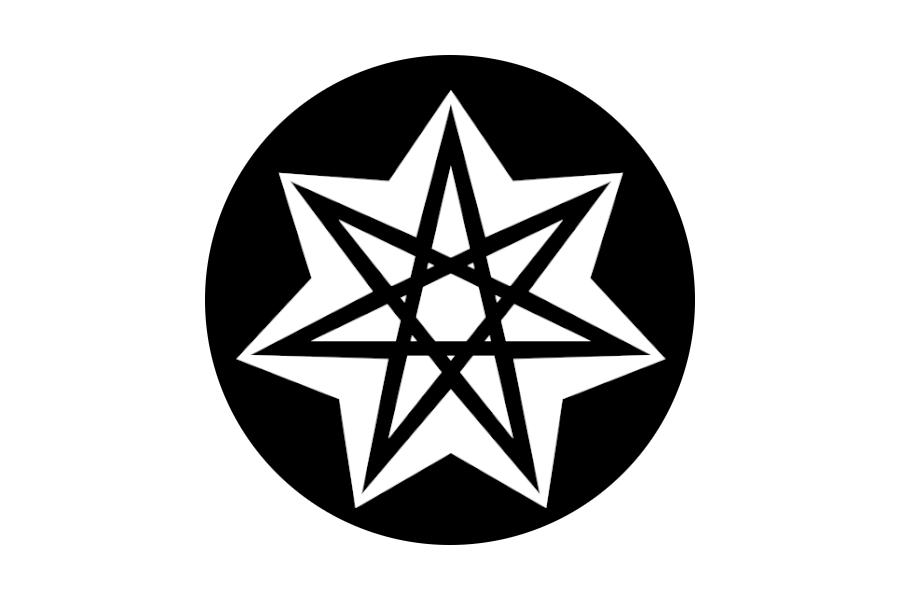
The Bernean Lodges
Where the forests weave in tight against people and farmland is hard-fought from its ownership, there are the night-time howling stands of the Bernean Lodges. Tall, narrow houses, with tightly angled roofs to slough off the snow and rain, the people of the Bernean Lodges isolate themselves from other communities, because they are keenly aware of the way that Szudetken is full of monsters that look like humans. In response to the threat of werewolves, ghosts, changelings, cultists and other horrors, the Bernean people opt to threaten and endanger almost everyone who moves around in their spaces,
Continue Reading →The Szudetken Empires, Part II
This is a continuation of the previous post describing the Szudetken Empires peninsula in Cobrin’Seil.
Voolfardisworth, The Glimmering Net
Where the land becomes mountainous, the castles of Voolfardisworth start to jut up on various cliffs and high peaks, overseeing inevitably, valleys of small communities beneath them. Sometimes known as the Fard, the Fooly or the Fanged States, Voolfardisworth is an aristocratic nation composed of many different, widely distributed noble houses that would rather you not admit they’re vampires (and may even do something to make it so you can’t).
Continue Reading →The Szudetken Empires, Part I
The largest single nation on the Cobrin’Seil continent of Bidestra is Dal Raeda. That is, at least, for those who measure around the edges of the nation, following its perimeter along each distinct shape, and measuring out the distance there. Of course, this does not accommodate for a measurement where an observer takes the furthest points of the nation, at all of its edges, and maps the space that contains; if one measures by that means, then obviously the largest nation on the continent of Bidestra is the Eresh Protectorates, a set of city-states strung out like beads on a string across the King’s Highway. A box, drawn to contain all of those cities, thanks to their distance between one another, could almost contain the entirety of the continent. A third method of measuring exists, where one looks for the area dictacted within the boundaries of the land mass, and composites together that space, such that deep canyons and tall mountains can exert influence on the scale of the nation.
By this metric, as uncertain a measurement as it can be, then the largest single nation on Bidestra is easily one of the six empires that occupied the peninsula known as Szudetken (pronounced schoo-det-ken).
Continue Reading →3e: The Epic Level Handbook’s Monsters
I’ve spoken about the Epic Level Handbook in the past, as a sort of ‘pull the corpse open and look at its insides,’ sort of way. Y’know, look, here’s where the liver is all weird and this bone connects to that bone and now you can see how all these parts in a broad way relate to one another and also why the patient is stone dead. It’s a good article, I recommend you read it because it’s about big, overarching problems the book had. I also have written about the problems of challenge ratings, the black box of imbalance that 3rd edition D&D has going on, a black box that gets worse and worse over time, all building on the impossible fundamental error of D&D 3e’s design philosophy, in that it’s intentional for players to be able to be bad at it.
But I didn’t come here to talk about that.
That’s not why I busted out the Epic Level Handbook, to drag the ugliest system rolled with worst dice through the streets again. Nor is to delve into the misshapen balance parameters presented by treating a single level of a class as equal across all classes when representing characters built well and characters built badly. A level 21 fighter is meant to be an equal challenge for a party to a level 21 wizard, even though one of those is essentially a tough guy with a sword and the other is a tough guy with a sword and the power to stop time.
Instead, I want to talk about the monsters of the Epic Level Handbook.
Because I think a bunch of them are cool, even if their execution is stupid.
Continue Reading →… The Paladin is Unleashed
Yesterday we broached the topic of what it means to be a Warlock, and yes, I am spending thousands of words arguing with a tweet, don’t at me, dad. But I can’t just leave it at what the Warlock is without talking about the very important characteristics of what the Paladin isn’t.
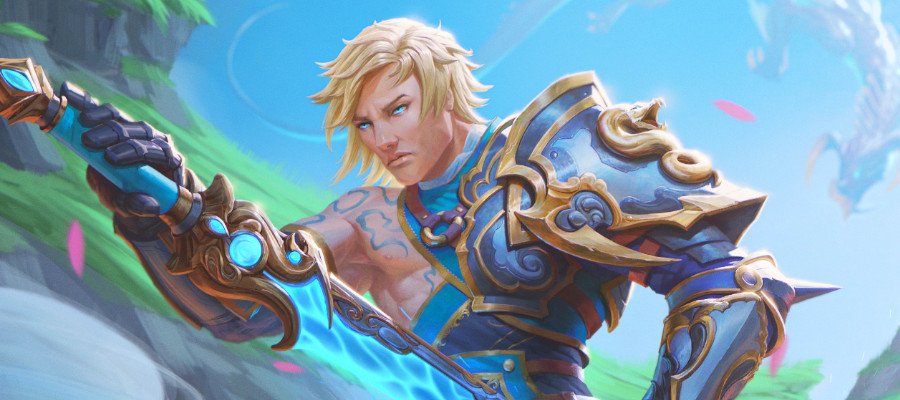
Because there’s a big fat misconception about what Paladins are, implied by how people relate to flavour text.
Continue Reading →The Warlock is Contracted…
There’s this phrase you’ll hear: “The only difference between paladins and warlocks is that one’s got an employer and the other’s got a sugar daddy.” This is a funny tweet that went around, and like many funny tweets, it’s useful for interrogating an idea, presenting a useful handle and it starts an argument.

What’s the difference between Warlocks and Paladins, it asks? According to this, almost nothing. Except for the way one of them is physically powerful and heavily armoured, and the other smell like cloves, but you know, we’re being needlessly reductive here, right?
Continue Reading →How To Be: Samus Aran (In 4e D&D)
In How To Be we’re going to look at a variety of characters from Not D&D and conceptualise how you might go about making a version of that character in the form of D&D that matters on this blog, D&D 4th Edition. Our guidelines are as follows:
- This is going to be a brief rundown of ways to make a character that ‘feels’ like the source character
- This isn’t meant to be comprehensive or authoritative but as a creative exercise
- While not every character can work immediately out of the box, the aim is to make sure they have a character ‘feel’ as soon as possible
- The character has to have the ‘feeling’ of the character by at least midway through Heroic
When building characters in 4th Edition it’s worth remembering that there are a lot of different ways to do the same basic thing. This isn’t going to be comprehensive, or even particularly fleshed out, and instead give you some places to start when you want to make something.
Another thing to remember is that 4e characters tend to be more about collected interactions of groups of things – it’s not that you get a build with specific rules about what you have to take, and when, and why, like you’re lockpicking your way through a design in the hopes of getting an overlap eventually. Character building is about packages, not programs, and we’ll talk about some packages and reference them going forwards.
Really gotta specify that ‘in 4e D&D’ on this one.
When we talk about How To Be, the point has always been to take characters that are interesting in some particular way then see how we can carry that vibe into the creative space of 4th Edition D&D. What we’ve seen, when we try and make things like a real-world-alike gangster or a robot dinosaur, is that there are some concepts that seem very easy to translate into the play space that really aren’t. Zelgadis is a D&D character and he was very challenging to translate to the game just because he’d already been filtered through another set of different game rules. Minfilia showed us that when a character leaves large parts of their method and ideology as blank slates, there’s a challenge creating something in the space that fulfills that character.
Extremely defined and extremely vague characters, in both directions, are hard.
Anyway, let’s look at Samus Aran.
Continue Reading →The Beastfolk, As People, Part 2
This is part three, effectively, of a long form examination of the political coalition of the Beastfolk of Cobrin’Seil – which is basically ‘how furry can I be in this setting, conveniently?’ The answer, broadly, is ‘pretty furry,’ with things like werewolves and werebears available, but also, this is where you get rats, monkeys, dinosaurs (I made mistakes googling ‘anthro raptors’ for this article) and of course, the vitally important presence of bnuy.
Continue Reading →The Beastfolk, As People, Part 1
I talked about the origin of the term beastfolk in Cobrin’Seil, and how it represented a political coalition of different people whose shared commonality was the origin for the term beast. What I didn’t really talk about there, though, were the actual cultures that made up that grouping, and what kind of options you have presented to you as a player, nor really what those cultures meant in their place in the world. Plus, in the overview of the Beastfolk, I kind of gave a list and that got me thinking about the cultures as a whole.
And well, I like talking about the cultures in the world of Cobrin’Seil. I like talking about their peculiarities, and about ways to encourage players to see their place in the world, and about the spaces they create by what they imply.
So then:
The Beastfolk of Cobrin’Seil, more or less, as worldbuilding entities, with an important detail about how to consider them as a player.
Continue Reading →4e: Dangling Claws
The weapon system in 4e D&D is full of specific keyworded mechanical distinctions for each grouping of weapons in a way that’s designed to add depth to the play experience of any given type of weapon. While in earlier systems, axes and swords and staffs all could be reduced to a mathematical formula representing their damage output over time and therefore, inevitably, the greatsword won, 4e weapons have two different ways they can feel different. The first is just how the weapons work, period, where anyone who picks up a weapon of that type will notice this effect or feats that reference weapons by their category to indicate that the training for that particular weapon enables a different way for that weapon to work. In the first group you have weapon effects like Brutal or Heavy Thrown, and in the second, things like Hammer Rhythm or Axe Expertise. The result is that the weapon system is genuinely interesting to engage with and even though there is a clear hierarchy, the boundaries between the tiers of that hierarchy are not so steep, not so absolute.
There is nonetheless, an area where the weapon system does stagger, though, and that’s natural weapons. The base game features almost nothing with a natural weapon, and the one option you have for it in the starter set is the Gnoll, with a heavily errata’d mess of a feat to get your claws dirty. What’s more, the feat is a bit wonky and weird because, first, you’re spending a whole feat to get the weapon, but you’re also getting a weapon that is only about as good as a short-sword and it interferes with abilities that require you to not be wielding a weapon in your off-hand.
I think that’s dumb; I can treat my fist like a weapon at will, but the game doesn’t then say that I must always have a weapon in my off-hand even when that hand is empty. This indicates to me a simple hole in the way 4e handles natural weapons, and how it makes them available.
So I fixed them.
Continue Reading →